
Hydraulic Lift Maintenance: Specialized Care for Reliable Performance
November 28, 2023
Preventative vs Reactive Maintenance in Lift Systems
April 2, 2024DIY Lift Maintenance: Pros, Cons, and Safety Precautions

DIY Lift Maintenance Pros, Cons, and Safety Precautions
DIY Lift Maintenance: Pros, Cons, and Safety Precautions. Elevator or lift maintenance is a crucial aspect of facility management, ensuring the safety, efficiency, and longevity of these vital transportation systems.
Regular maintenance is key to preventing malfunctions and ensuring compliance with safety regulations.
In an era where information is readily accessible, many building owners and managers are exploring the Do-It-Yourself (DIY) approach to lift maintenance.
This trend is propelled by motivations to reduce costs, increase hands-on control, and acquire new technical skills.
This article aims to provide a comprehensive analysis of DIY lift maintenance.
We’ll explore the importance of regular lift upkeep, the benefits and challenges of a DIY approach, essential safety precautions, and practical steps for DIY maintenance, concluding with a balanced view of the feasibility and implications of such an approach.
The Importance of Regular Lift Maintenance
Elevators are complex mechanical systems that require consistent maintenance to operate safely and efficiently. Proper maintenance is not only a safety imperative but also a legal requirement in many jurisdictions.
Routine maintenance extends the operational life of an elevator, ensuring it runs smoothly. Regular upkeep helps in identifying and fixing minor issues before they escalate into major problems.
Consistent maintenance can prevent significant malfunctions and breakdowns, which are not only expensive to repair but also lead to operational disruptions and safety risks.
The Pros of DIY Lift Maintenance
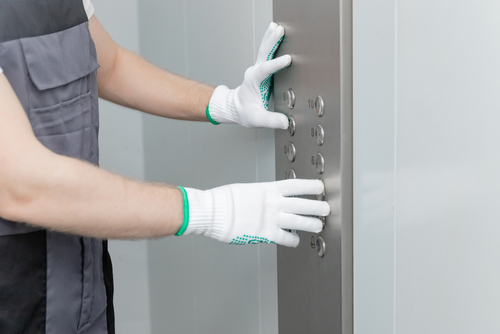
Cost Savings Through DIY
One of the primary advantages of DIY lift maintenance is cost efficiency. By managing maintenance internally, building owners can save on professional service fees, which can be substantial.
Increased Familiarity with Your Lift
DIY maintenance leads to a deeper understanding of the elevator system. This knowledge can be crucial in emergencies or breakdowns, enabling quicker, more informed responses.
Understanding Lift Components
Engaging in DIY maintenance provides an opportunity to gain intimate knowledge of the lift’s components and operations, which can be beneficial for troubleshooting and communicating effectively with professional technicians when needed.
Flexibility in Scheduling Maintenance
DIY allows for greater flexibility in scheduling maintenance tasks, ensuring that they can be conducted with minimal disruption to building operations.
Convenience and Time Management
Handling maintenance tasks in-house can offer greater convenience, especially in buildings with limited elevator usage, where scheduling professional maintenance can be more disruptive.
The Cons of DIY Lift Maintenance
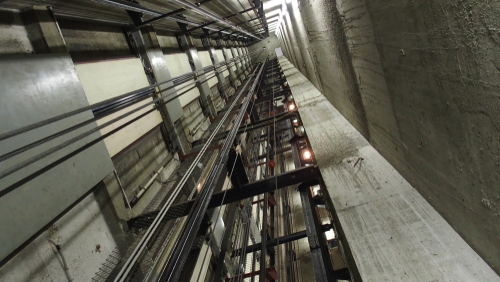
The Risk of Inadequate Maintenance
Without professional training and experience, important maintenance aspects might be overlooked. This oversight can lead to safety hazards and operational inefficiencies.
Potential Safety Hazards
DIY maintenance carries significant risks, including the potential for accidents and injuries due to improper handling of complex mechanical systems.
Impact on Manufacturer Warranty
DIY maintenance might void the lift’s manufacturer warranty, which often stipulates professional servicing as a condition for maintaining the warranty.
Lack of Expertise and Specialized Tools
Complex elevator issues require specialized tools and expertise. The absence of these in a DIY context can lead to improper maintenance and potentially hazardous situations.
Safety Precautions for DIY Maintenance
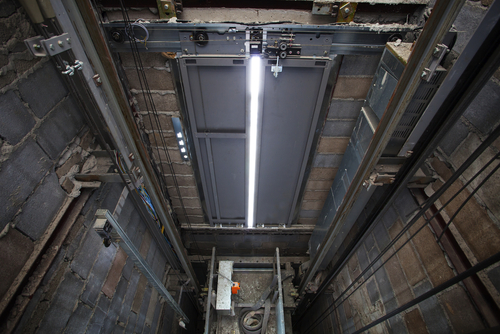
A thorough understanding of safety protocols is essential for DIY lift maintenance. This includes knowledge of the mechanical and electrical systems involved and adherence to safety regulations.
Key safety measures include using the correct tools and safety equipment, adhering to manufacturer guidelines, and never bypassing or disabling safety mechanisms.
Identifying situations that are beyond DIY capabilities is crucial. Complex repairs and technical issues should be addressed by professional technicians to ensure safety and compliance.
DIY Lift Maintenance Steps
Preparation involves gathering necessary tools, understanding the lift’s mechanics, and ensuring adherence to safety protocols.
Basic DIY tasks might include cleaning, lubrication, and checking for loose components. These tasks, while seemingly simple, require a thorough understanding of the lift’s mechanics.
Regular inspections are vital for early detection of potential issues. This includes listening for unusual noises, checking for smooth operation, and inspecting for visible wear and tear.
Maintenance Schedule and Checklist
Developing a routine maintenance schedule is crucial. This should be based on the manufacturer’s recommendations and tailored to the specific usage patterns of the lift.
A comprehensive checklist is vital in ensuring all maintenance aspects are covered. This should include routine checks, cleaning schedules, and periodic inspections.
FAQ
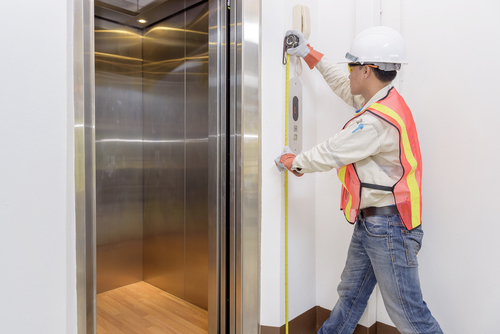
Is DIY Lift Maintenance Legal?
It depends on local regulations and building codes. In many areas, certain types of lift maintenance may legally require a certified professional. Always check local laws and regulations before undertaking DIY lift maintenance.
What Basic Maintenance Tasks Can Be Safely Performed Without Professional Help?
Simple tasks like cleaning the lift car, checking for obvious signs of wear and tear, and ensuring that emergency communication systems are functioning can typically be done without professional help. However, anything involving the lift mechanism or electrical systems should be left to professionals.
How Often Should Routine DIY Lift Inspections Be Conducted?
The frequency of routine inspections depends on the lift’s usage and manufacturer recommendations. For a lift in a residential building, a monthly check might suffice, while lifts in commercial or public buildings might require more frequent inspections.
Can DIY Maintenance Affect My Lift’s Insurance Policy?
Yes, DIY maintenance can affect your lift’s insurance policy. Many insurance policies require regular maintenance by certified professionals. DIY maintenance can void these policies, so it’s important to check with your insurance provider.
What Are the Risks of DIY Lift Maintenance?
The primary risks include personal injury due to lack of expertise, causing accidental damage to the lift, and overlooking critical faults that could lead to lift malfunctions. Inadequate maintenance can also lead to legal and insurance issues if it contravenes local regulations or warranty conditions.
Why Choose Us As Your Lift Maintenance Service Provider?
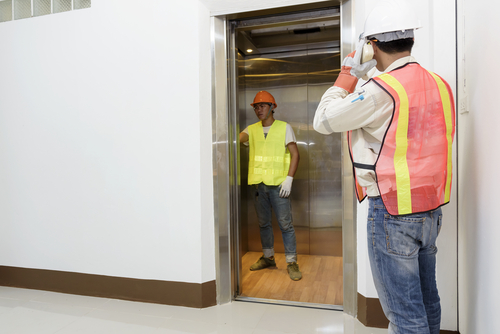
Expertise and Specialization:
Our team comprises certified professionals who specialize in lift servicing. With extensive training and experience, we possess a deep understanding of various lift systems, ensuring high-quality and knowledgeable service.
Commitment to Safety:
Safety is our top priority. We strictly adhere to industry safety standards and regulations, ensuring that all servicing tasks are performed safely and effectively to safeguard the well-being of lift users and property.
Tailored Maintenance Plans:
Understanding that each lift system is unique, we offer customized maintenance plans. These plans are designed to meet the specific needs of your lift system, taking into account its usage, age, and manufacturer specifications.
Advanced Diagnostic Tools:
Utilizing the latest diagnostic tools and technology, we efficiently identify and address issues with precision. This proactive approach helps minimize downtime and extend the lifespan of your lift.
Preventive Maintenance Approach:
We focus on preventive maintenance, aiming to identify and rectify potential issues before they escalate into major problems. This approach helps in avoiding unexpected breakdowns and costly repairs.
Cost-Effective Solutions:
We offer competitive pricing without compromising on service quality. Our cost-effective solutions are designed to provide the best value while maintaining the highest standards of lift servicing.
Local Compliance and Standards:
Our services are in strict compliance with local regulations and standards. We ensure that your lift system meets all necessary legal and safety requirements, providing you with peace of mind.
Customer Satisfaction Focus:
We are dedicated to achieving the highest levels of customer satisfaction. Our approach is customer-centric, ensuring that all your needs and concerns are addressed promptly and to your satisfaction.
By choosing us for your lift servicing, you are selecting a partner who values safety, quality, and customer satisfaction. Our team is committed to providing exceptional service and ensuring that your lift operates safely, efficiently, and reliably.
DIY Lift Maintenance: Pros, Cons, and Safety Precautions – Conclusion
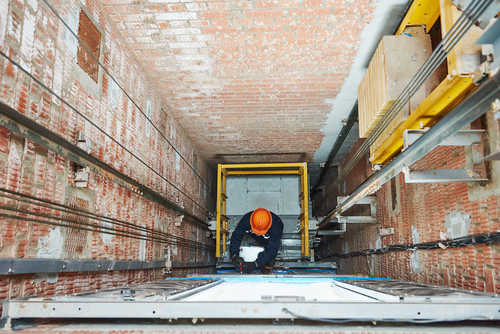
DIY lift maintenance offers potential cost savings and a deeper understanding of the elevator system. However, it requires a significant commitment in terms of time, effort, and learning.
The paramount importance of safety in DIY lift maintenance cannot be overstated.
It’s crucial to recognize the limitations of a DIY approach and seek professional assistance when necessary to ensure the safe and efficient operation of the lift system.
Are you looking for a professional and reliable lift maintenance service company in Singapore? Contact us today!




